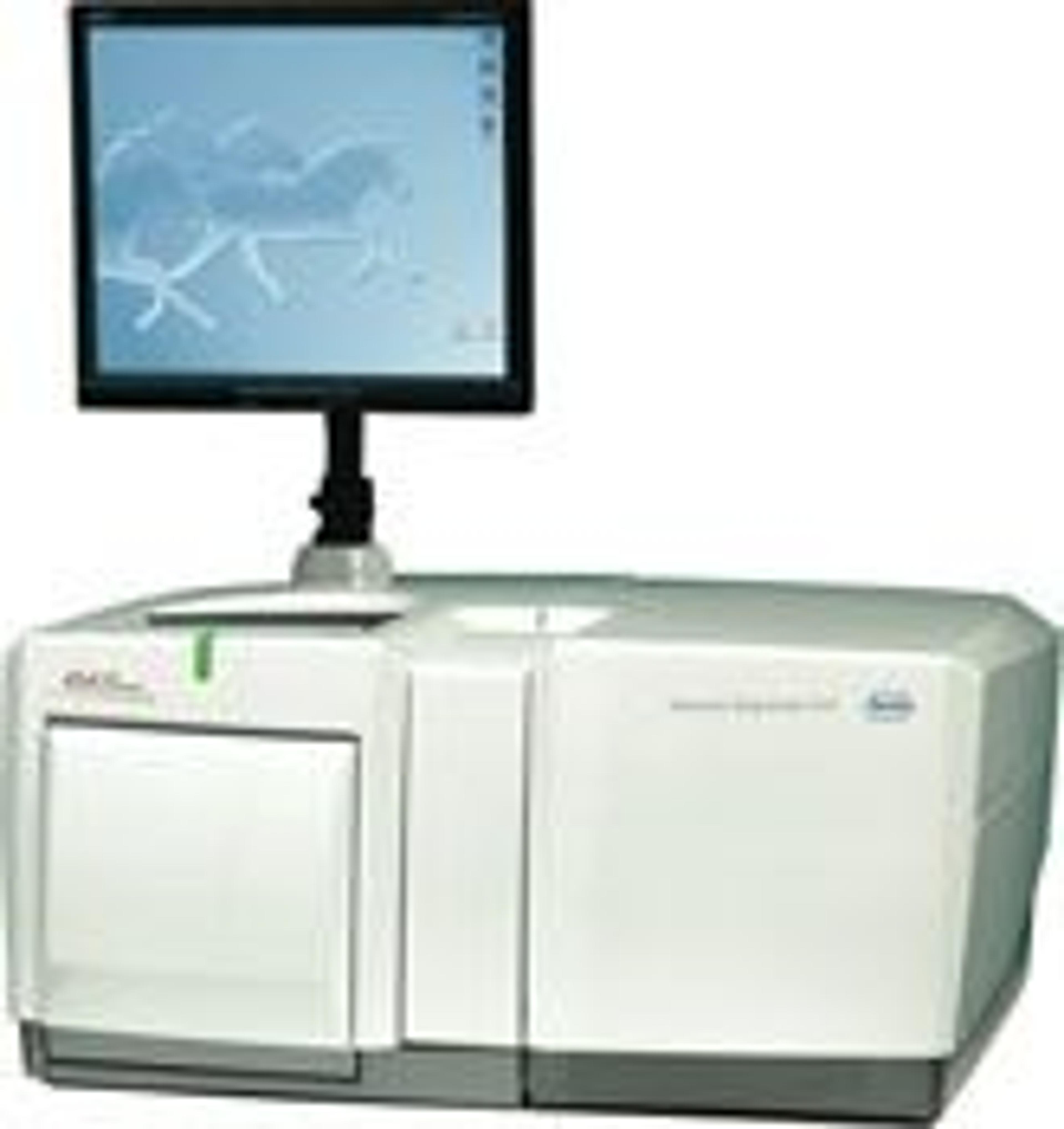Roche Launches GS FLX+ System Software Update to Extend Read Lengths for Targeted Gene Sequencing and Microbial Community Profiling Studies
5 Aug 2013Roche announced today the global launch of a new software update that significantly extends the range of amplicon lengths available for targeted next-generation sequencing studies on the 454 GS FLX+ System. The latest software enables sequencing of amplicons up to 800 bp while maintaining >99% accuracy over the length of the read. High quality sequencing of even longer amplicons up to 1,100 bp has been successfully demonstrated in early access testing. The long read improvements allow researchers to obtain more complete coverage of target gene regions using fewer amplicons, both simplifying experimental design and improving the biological relevance of sequencing results.
“This is another step in our continued efforts to drive high quality, long read sequencing advancements for the genomics community,” said Frank Pitzer, President Roche Sequencing Solutions. “We are actively working to make these same long read developments available on our benchtop GS Junior System in 2014.”
Long amplicon read lengths are critical for a variety of targeted sequencing applications including human gene sequencing and viral drug resistance studies as well as microbial community analysis. Early results of targeted sequencing of 16S and 18S ribosomal RNA genes to accurately profile mixed communities have shown that the extended amplicon read lengths allow coverage of more variable regions in a single read. This results in more precise taxonomic assignment of organisms down to the genus and even species level, which is of particular importance for microbiome studies in clinical research.
Early access testing of the latest GS FLX+ software v2.9 was led by prominent researchers in the metagenomics field who also have optimized popular open source microbial community profiling tools QIIME and mothur for the latest long read data.
“The new software for the GS FLX+ System will enable researchers to obtain considerably longer sequence reads from 16S rRNA gene amplicons without sacrificing data quality,” explained Patrick Schloss, PhD, Assistant Professor at the University of Michigan and author of mothur. “This is a great advance for microbial ecologists since it will enable them to get better taxonomic classification of their data.”
In addition to advancing microbial profiling studies, the new GS FLX+ long amplicons will allow more comprehensive detection of genetic variations in human gene panels by spanning more introns and exons. The long reads also improve haplotype phasing of more distantly linked variants, which is critical for genotyping of highly polymorphic regions of the genome such as the Human Leukocyte Antigen (HLA) gene. Longer amplicon read lengths also significantly ease sequencing experimental design, workflow, and analysis by allowing optimal primer placement, the use of fewer amplicons to cover target regions, and direct transition of pre-existing Sanger amplicons to the GS FLX+ System.

